I don’t know about you, but I love foraging for foliage at this time of year. I’m lucky now that we have holly and ivy in the garden, the hedgerows are full of hazel and the woodland up the hill has an abundance of pine cones. Now that the snow has disappeared, I’ll be cutting some holly at the weekend for Christmas decorations.
It’s also a reminder that winter gardens can really be quite fabulous. Berries not only give interest and colour in the winter, but they also provide much needed food for the birds.
I planted a native hedge last week which was specifically designed to support the birds. It included hawthorn, blackthorn and field maple of course, but also June berry (Amelanchier), bird cherry, wild cherry and wild privet. I know it’s going to look a picture in spring as well as winter, once it’s established properly and everything blossoms well.
In our garden we have a Malus x robusta ‘Red Sentinel’ (crab apple) which really is one of my favourite small trees. The fruit stays throughout the winter until the point when the blackbirds can resist no longer and they eat the lot over the course of a couple of days.
It really gives the best of both worlds, interest pretty much all year round and food for the birds right at the end of winter when most other berried plants have been exhausted.
Rather annoyingly I didn’t get around to taking pictures when the snow was on the branches too, but these were taken today whilst the sun was lighting up the valley behind.
If you only have space for one tree in your garden then it needs to work hard for its space. Trees that have blossom, good foliage that colours in autumn, berries in winter and/or nice bark, easily earn their space in any garden. There are plenty to choose from, but I think the crab apple is one of my favourites.
Images: Lisa Cox


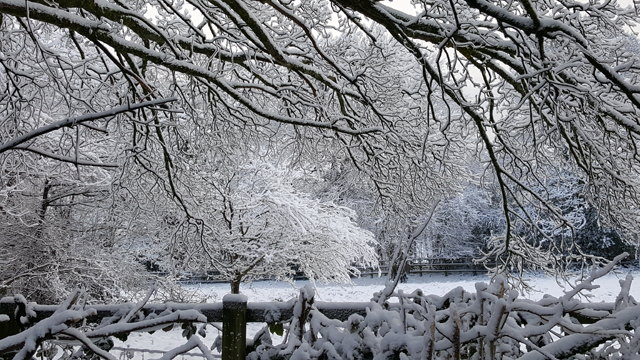
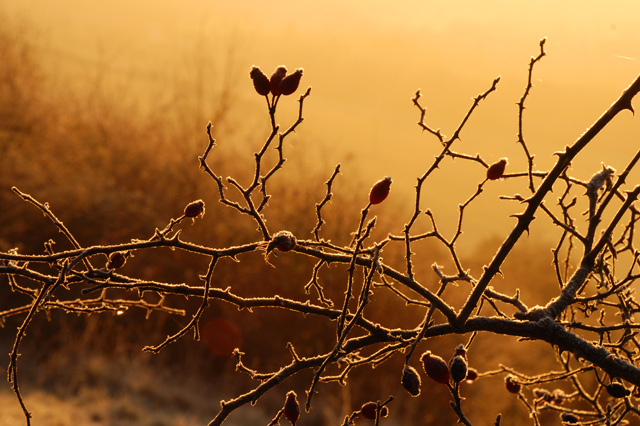
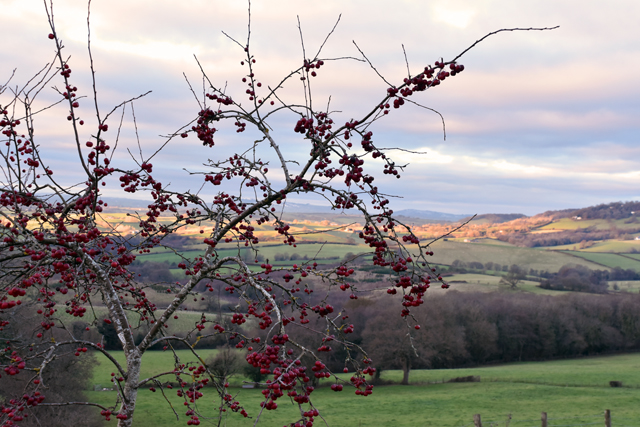
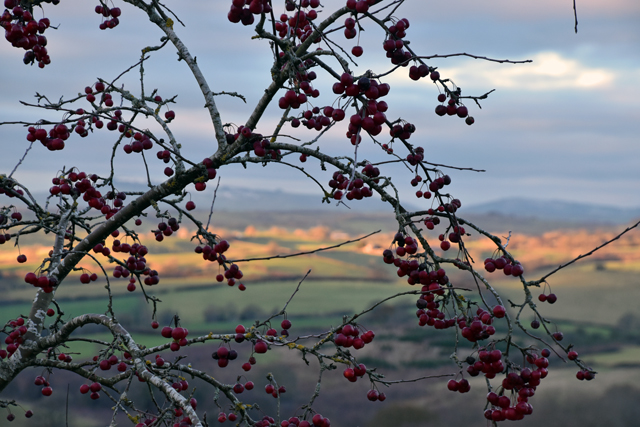
 Leave a comment
Leave a comment
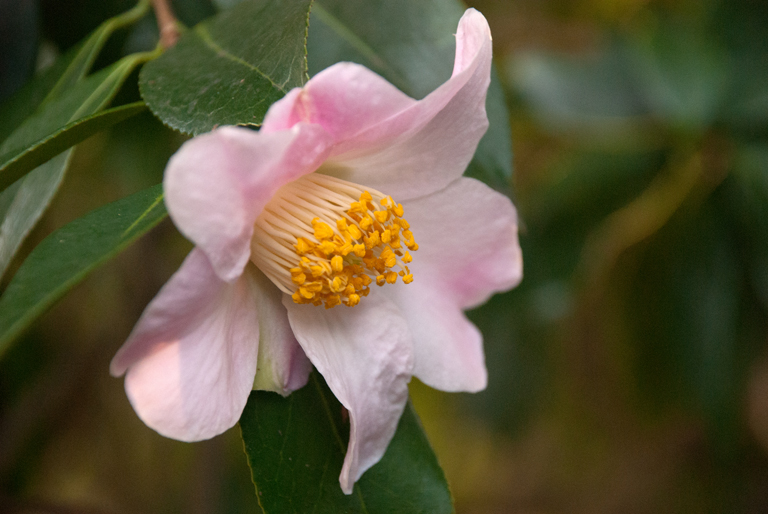
 Welcome
Welcome